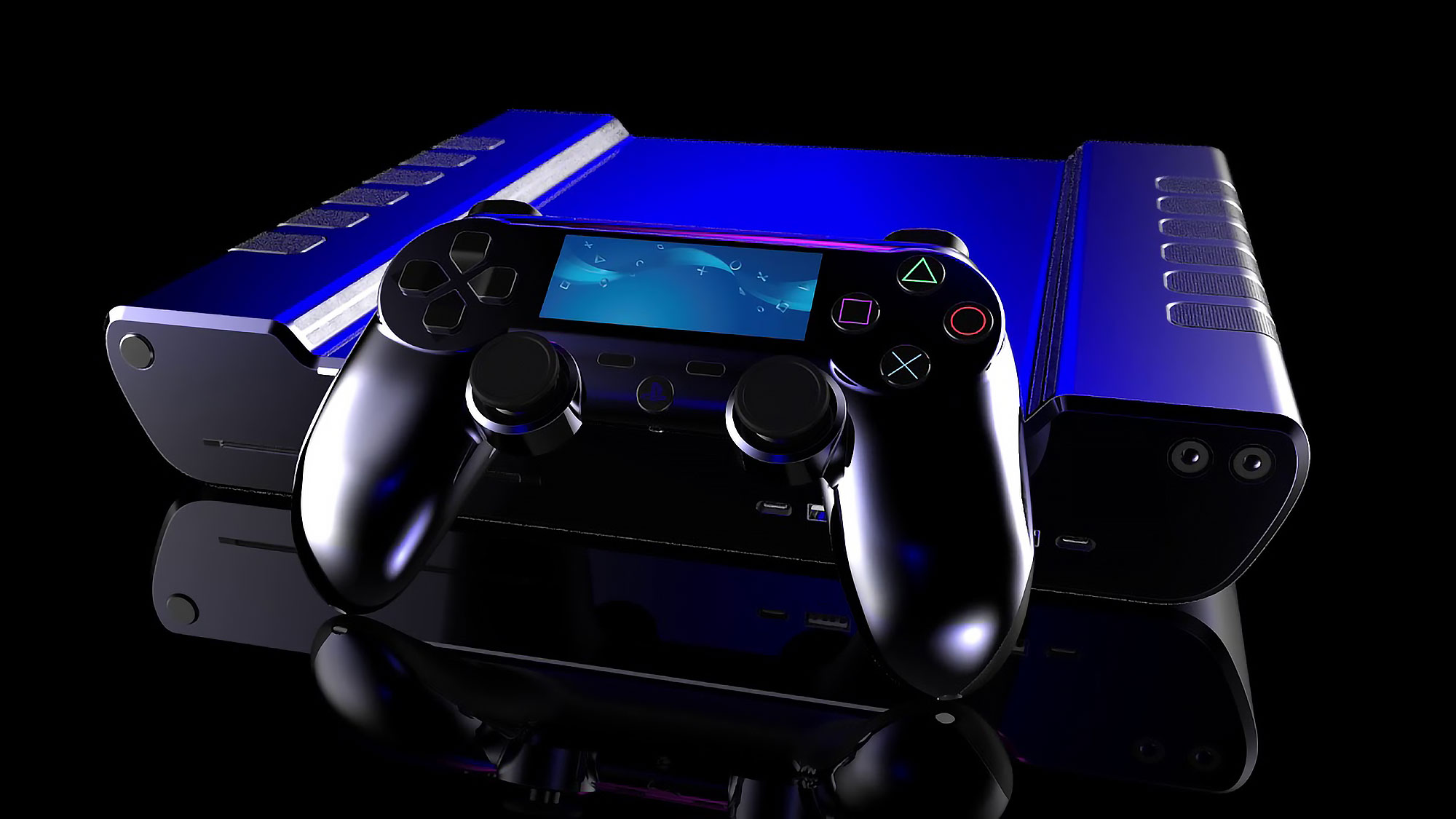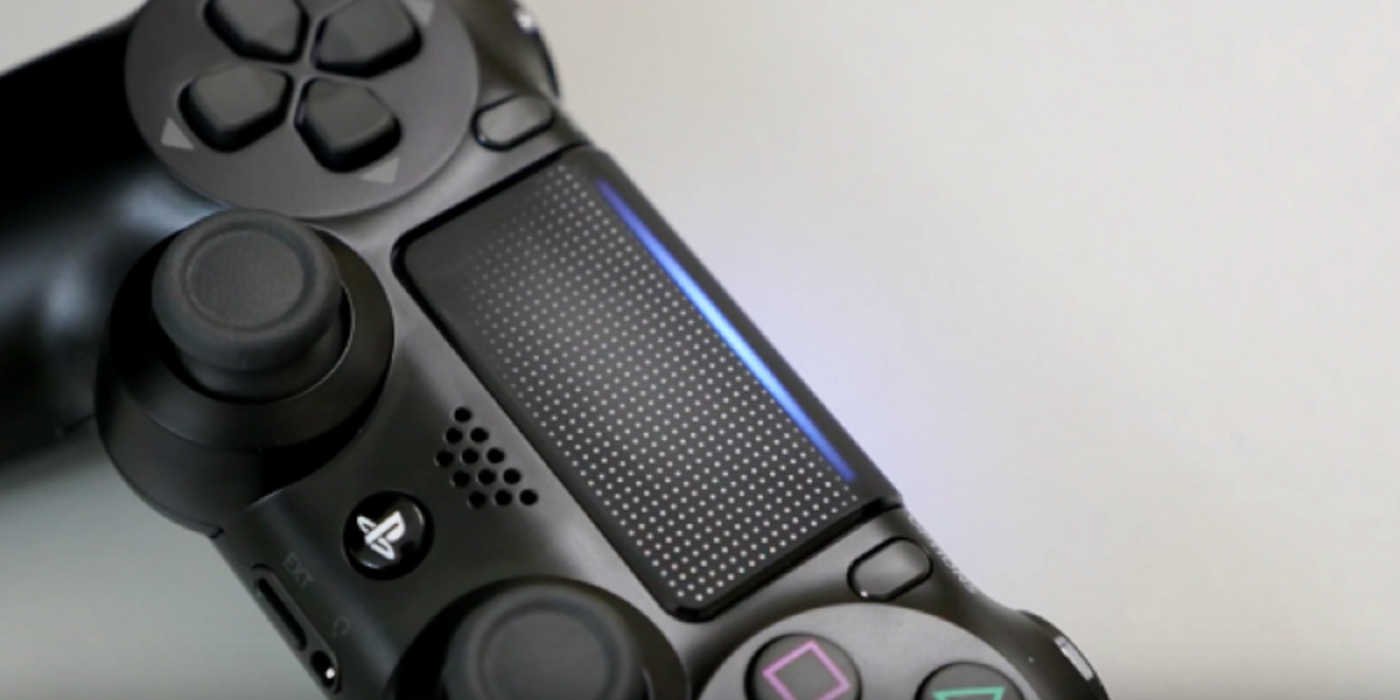

Companies market premium upgrades that will give you a “competitive advantage,” but small adjustments like trigger and thumbstick sensitivity aren’t what separate a pro player from an amateur. But most people shouldn’t expect a pro controller to elevate their skills all that much. I also dedicate enough time to shooters to notice small hardware changes that impact my performance. I felt like a better Overwatch player with the DualSense Edge in my hands. As someone with generally weak wrists and fingers, this adjustment also took some of the strain out of the repetitive trigger pulls. I can pull the DualSense Edge’s triggers more quickly and with less effort, which lets me shoot enemies faster than before. But the DualSense Edge features switches for each trigger that introduces stops these switches let the triggers register presses with less squeezing, solving one of my biggest problems.

When I first used the PS5’s standard DualSense controller, I had a tough time adjusting to how far the L2 and R2 triggers traveled, and I had to learn to use lighter taps to shoot faster in-game. I ended up playing for a couple of hours because of how much better I found I was playing and how much fun I was having. When I jumped into Overwatch 2, I planned to play a quick match or two to get a feel for the controller. This enhanced functionality instantly had me hooked. The DualSense controller (top) is nearly identical to the DualSense Edge controller (bottom) in size and feel. In Overwatch 2, I assigned one of these rear buttons to the interact menu (another D-pad function) and the other to the melee action, for quicker strikes. But the DualSense Edge’s profile feature allowed me to press the back buttons on the controller with my middle fingers instead, rather than having to jump up to the D-pad to use these items. In The Witcher 3, I often take a hit as soon as I take my thumb off the joystick to access my potions on the D-pad. Next, I created a couple of custom profiles for The Witcher 3 and Overwatch 2 in the PS5’s Settings menu, where I assigned controls to the rear buttons, such as functions previously mapped to the R3 or D-pad buttons. Also, on the front there are two built-in function buttons, which allow you to conveniently switch between control scheme profiles or adjust headset and chat volume.Īfter unboxing the DualSense Edge, I popped on a couple of the included rear paddles, which took all of 10 seconds to attach. But its grips are slightly more textured-though still too subtle to help much with slip resistance-and it’s a little heavier (by about 55 grams). The DualSense Edge is nearly identical in size and feel to the standard PS5 controller. The new controller comes with three sets of thumbstick caps, each with different heights, two types of removable rear triggers, a braided USB-A to USB-C cable, and a cable lock to keep your controller from detaching during a wired connection. The DualSense Edge expands on the standard DualSense that comes in the PS5 box, with features such as extra buttons that attach to the rear, thumbstick and trigger sensitivity adjustments, and remappable button profiles. But after using it to play some of my favorite PS5 games, I have to admit that I love it. Does anyone actually need Sony’s first “pro” controller for the PlayStation 5? No. When I looked up, two hours had flown by-and all because this $200 controller, which goes on sale January 26, is such a blast to use.

Last week I sat down to squeeze in a quick Overwatch 2 match, as I usually do before bed, but this time I was playing with Sony’s new DualSense Edge controller.


 0 kommentar(er)
0 kommentar(er)
